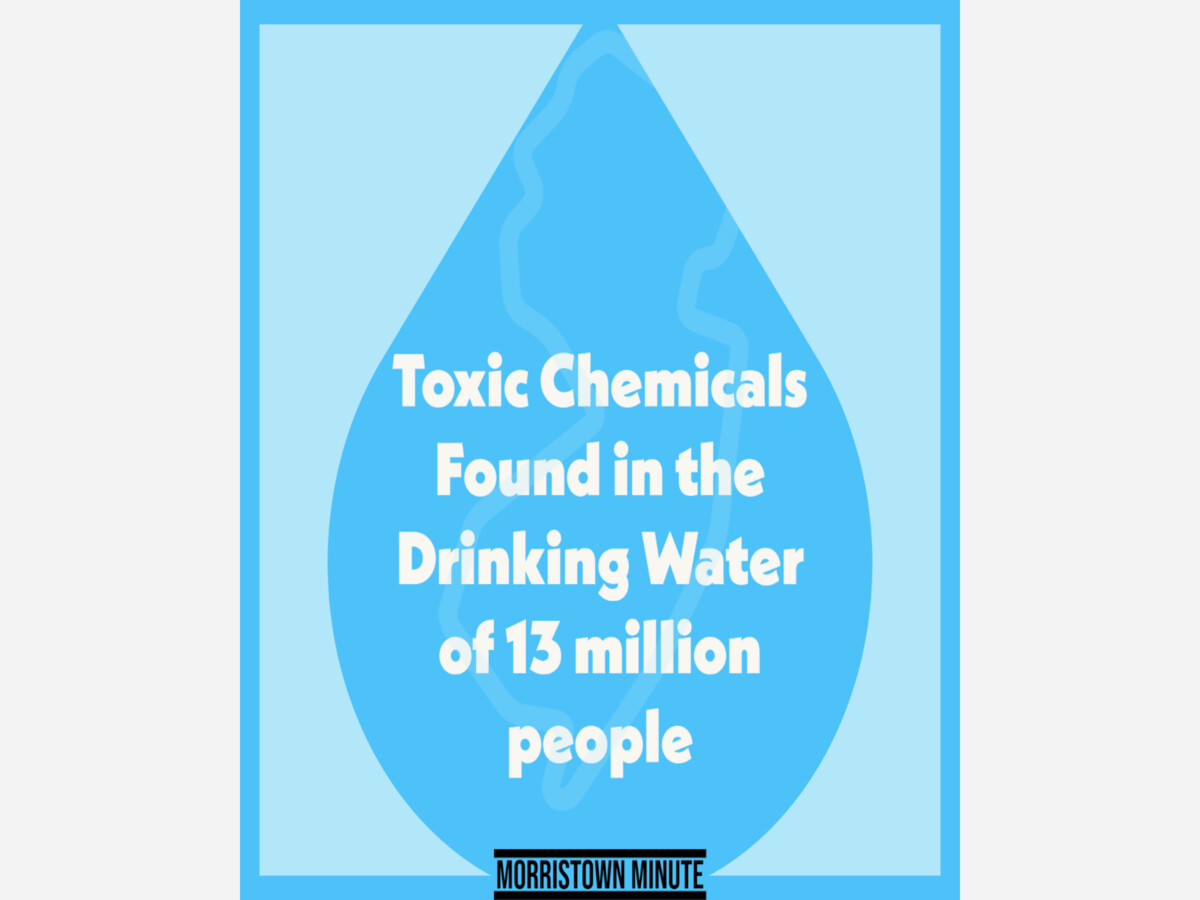Image

In early 2020, 1,4-Dioxane, a cancer-causing chemical, was found in the Delaware River by a New Jersey American Water Company treatment plant.
The Environmental Protection Agency considers this chemical to be a “possible human carcinogen.”
1,4-Dioxane is a liquid at room temperature, colorless, with a sweet, unpleasant smell and odor. It is a byproduct of plastic manufacturing and contaminates 20% of private wells in New England.
The chemical has been found in drinking water all over the country well before today, but the high levels discovered by New Jersey American Water Company, a supplier of drinking water to 2.8 million NJ residents, in 2020 set off alarms.
An NJ American Water Co. (NJAW) treatment plant in South Jersey along the Delaware River, providing drinking water to customers in Burlington, Camden, Gloucester, and Salem counties, was the first to detect the alarming levels of this carcinogen.
Further testing revealed higher concentrations of the toxin elsewhere in the Delaware River, likely originating from one of the river’s tributaries; all of which provide water to over 13 million people along the east coast.
The Lehigh County Authority, a public agency run by local officials, runs a wastewater treatment plant along the Lehigh River, tributary of the Delaware.
A sample taken from the plant found 1,4-Dioxane at levels more than 100x higher than New Jersey’s new proposal would claim is safe to drink.
The plant, located in Allentown, Pa., takes in wastewater and accepts chemical waste from industrial plants, cleans it, and discharges it into the Lehigh River which then flows into the Delaware. Industrial waste cleaning brought Lehigh County Authority $2.9 million in 2020.
Chemicals are handled on a federal priority list. However, 1,4-Dioxane isn’t included, and therefore the Allentown treatment plant wasn’t looking. Regardless, the plant is unable to remove 1,4-Dioxane from the water it empties into the Lehigh River.
Removing this chemical from water is extremely difficult and leaves only three treatment methods: air stripping, adsorption using activated carbon, and oxidation. (So, boiling your water won’t help.)
Lehigh County Authority launched an investigation into the source of the toxins and in the summer of 2021 named Coim USA, a New Jersey chemical producer, as the main contributor of 1,4-Dioxane to the Delaware River.
Coim USA told federal officials it sends 1,4-Dioxane to an incinerator in New York and that it sent Lehigh County Authority wastewater contaminated with 1,4-Dioxane one time, by mistake.
However, when Lehigh County Authority stopped receiving wastewater from Coim USA in the summer of 2021 levels of 1,4-Dioxane in the Delaware River declined.
Federal officials and regulators have not taken formal action against any 1,4-Dioxane contributors as there is no regulation requiring treatment plants to test for the chemical or preventing industrial plants from producing it.
1,4-Dioxane, and similar industrial chemicals known as “forever chemicals,” can travel long distances and are dangerous in minuscule amounts.
Currently, there are no federal or New Jersey drinking water standards for 1,4-Dioxane and the New Jersey Drinking Water Quality Institute is in the process of developing a standard.
The Safe Drinking Water Act, protecting Americans' drinking water, only requires plants like the one in Allentown to test for about 130 different chemicals out of thousands of industrial chemicals common in wastewater.
A new proposal in New Jersey would establish a Maximum Contaminate Level for 1,4-Dioxane at 0.33 parts per billion.
Several years ago, the federal government asked water suppliers to test for 1,4-Dioxane. A tenth of the country’s water suppliers found traces of the chemical but nearly a quarter of NJ water suppliers found it in levels at or above what NJs proposed regulation would consider safe.
Until formal regulation is in place, there is nothing keeping this toxin out of New Jersey’s drinking water.